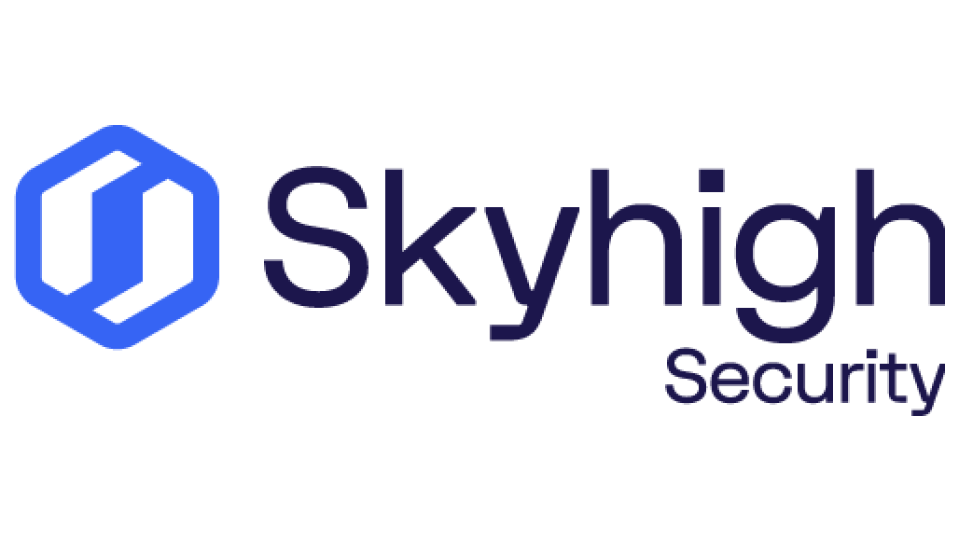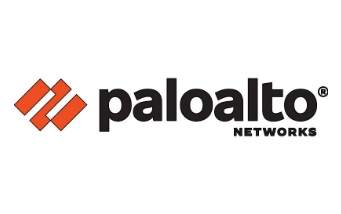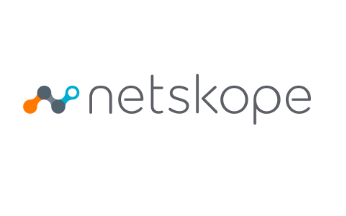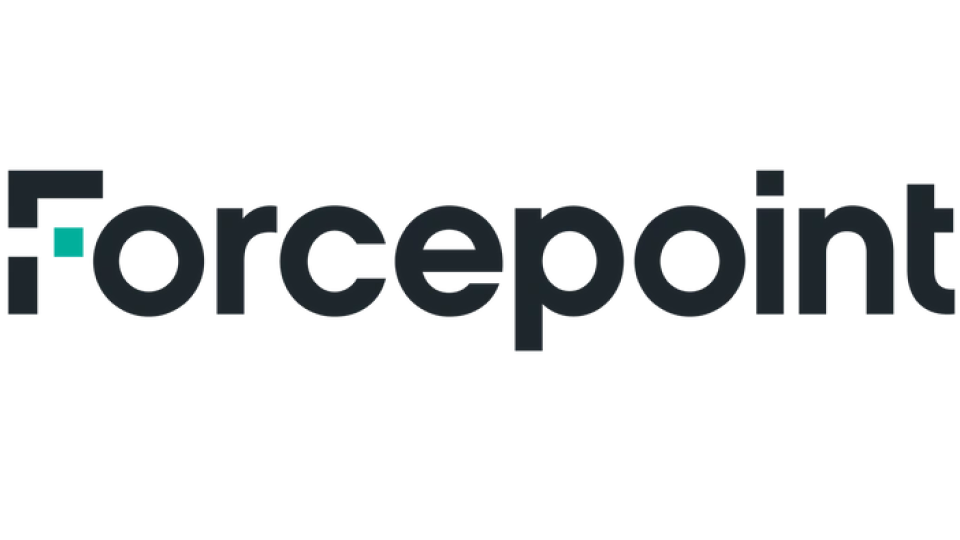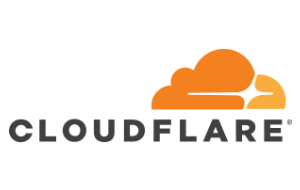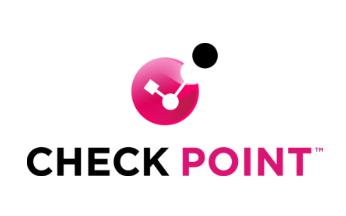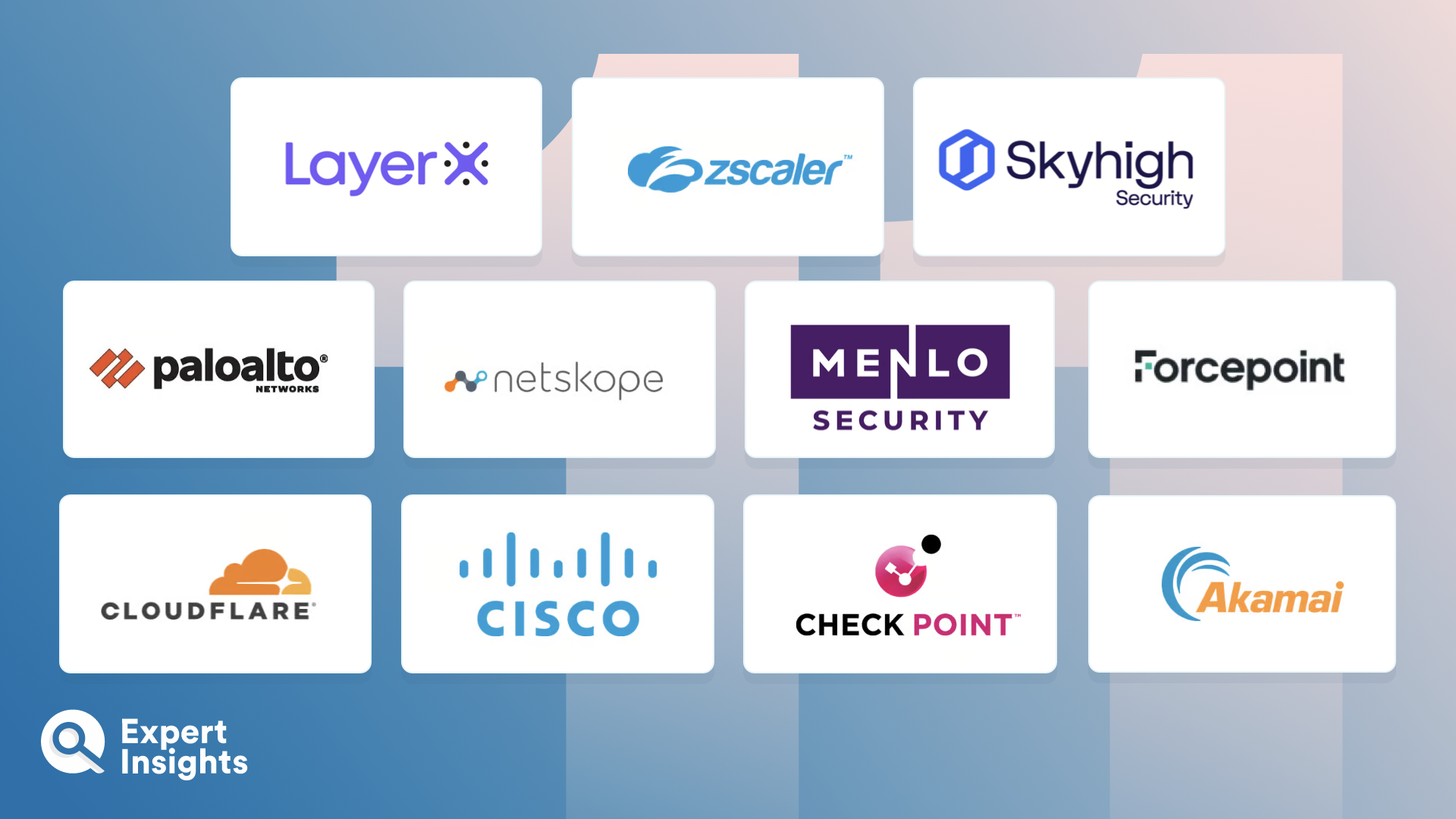FAQs
What Is A Secure Web Gateway?
Secure Web Gateways (SWGs) play a crucial role in safeguarding users from malicious content encountered while browsing the web, including harmful websites and URLs. They empower administrators to establish detailed policies and prevent users from accessing harmful web applications. These solutions act as intermediaries between users and the internet, filtering web traffic at the application level.
How Do Secure Web Gateways Work?
Secure web gateways filter web traffic, checking for malicious code, risky URLs, and other threats. They also scan for malware and enforce admin policies, such as preventing users from accessing certain online material or applications. They will prevent unapproved uploads to cloud services.
Typically, internet traffic would be securely routed from individual devices or from routers to the SWG provider. The provider can then inspect traffic for malicious activity and ensure that it is in-line with corporate filtering policies. Harmful pages would be flagged as malicious, and users would be unable to access the website or download materials. There may also be additional security controls applied, such as data loss protection to prevent uploading of files. Remote browser isolation features will protect against harmful web-based content, without blocking user access to web pages altogether.
What Are The Key Features Of A Secure Web Gateway?
Key features of a secure web gateways include URL filtering, virus and malware protection, data loss protection, and web application controls. Many vendors offer their SWG alongside other key network security tools, including CASB (Cloud Access Security Broker), data loss/leakage protection, Zero Trust Network Access (ZTNA) and integrations with other security tools, such as XDR (extended detection and response), SIEM (security incident and event management), and SD-Wan.
How Does URL Filtering Work?
URL filtering solutions can be deployed at either the network or endpoint level. They provide administrators with the ability to create filters and the policies that govern user access to web content. This includes the creation of allow/deny lists for specific web pages or domains, as well as categories of web pages (e.g., adult content). They also automatically restrict access to known malicious web pages.
Many modern web filters utilize intelligent filters powered by machine learning algorithms. These filters dynamically analyze content to block users from accessing phishing websites that may initially appear safe and genuine but are actually fraudulent pages. URL filtering tools offer granular controls for network administrators, allowing them to configure blocked and allowed domains, including specific URLs, if necessary, for different users and user groups. They also provide comprehensive reporting capabilities to monitor internet usage.






